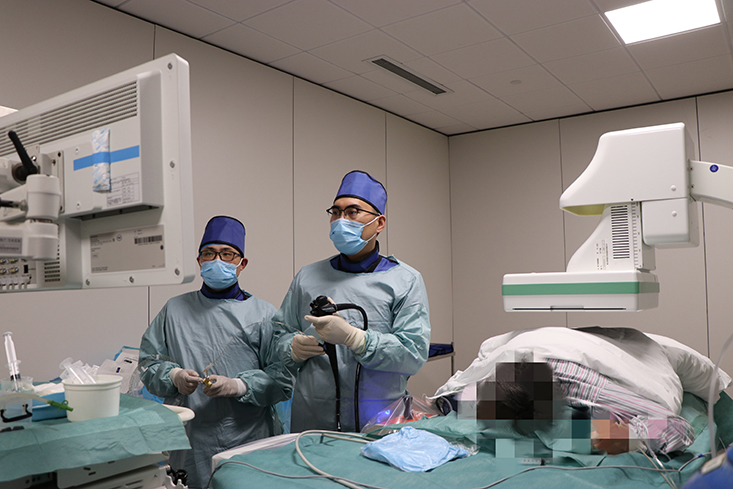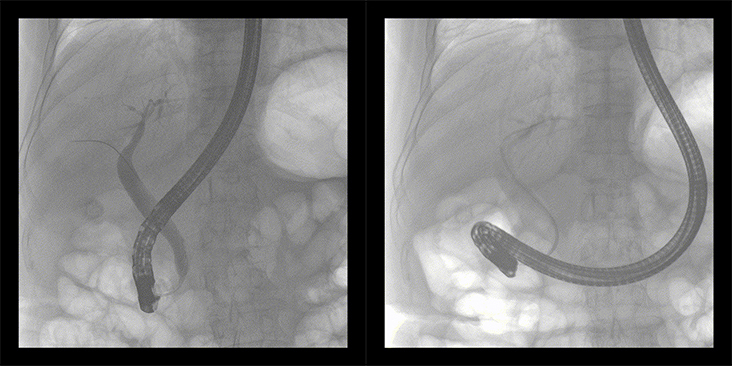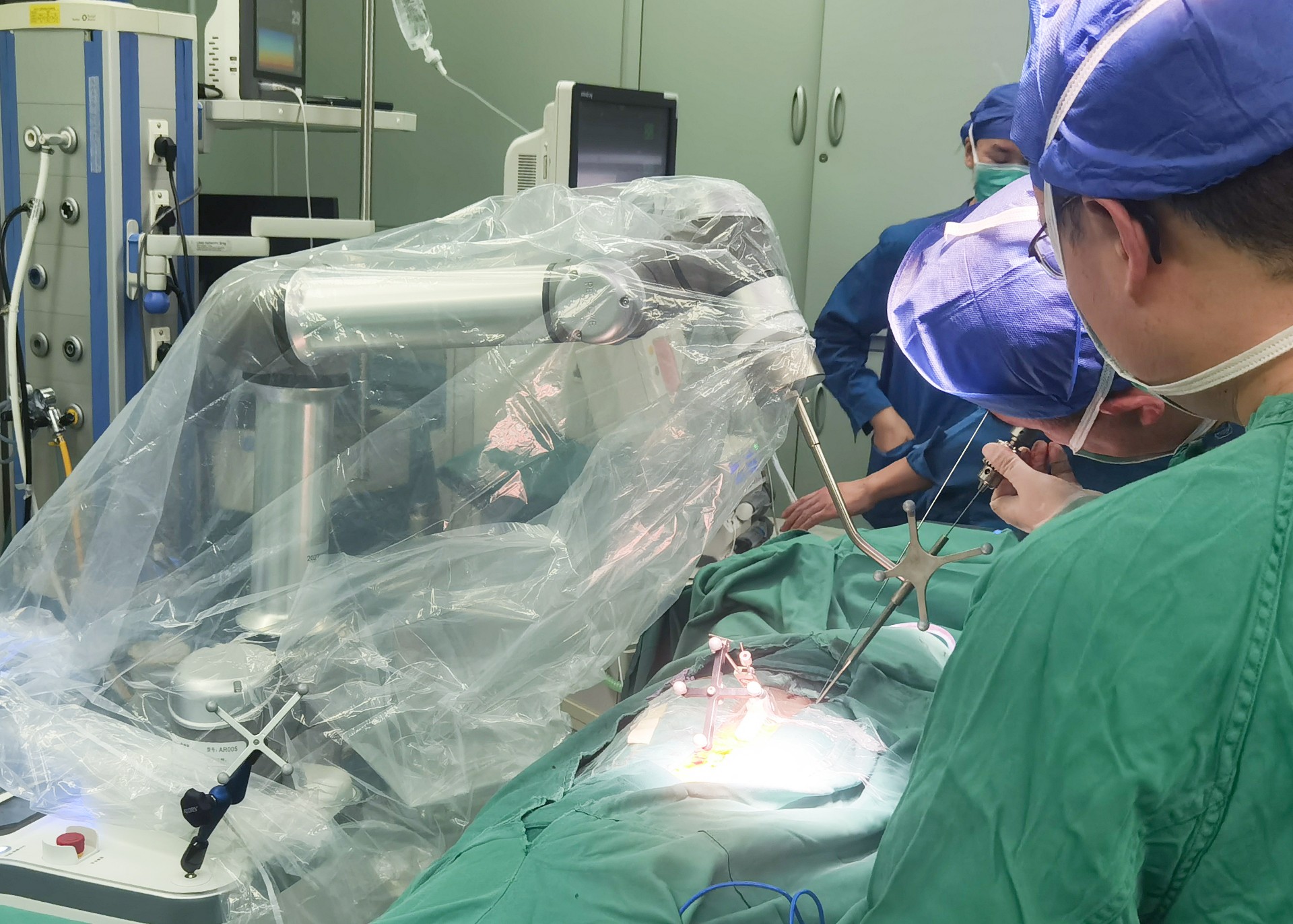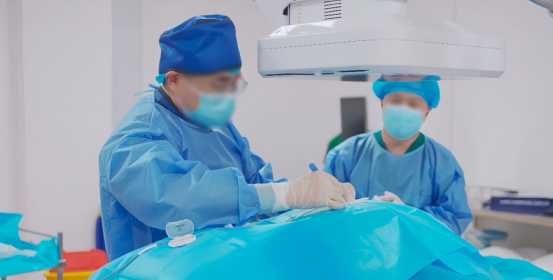Doctors commonly use diagnostic imaging techniques to narrow down possible causes of pain or illness for a more accurate diagnosis. There are different types of diagnostic imaging, including X-rays, CT scans and MRI. The type of imaging used depends on the part of the body the doctor wants to see on an image, as well as the type of imaging that is readily available to the patient.
So what is the difference between X-rays, CT scans and MRI?

X-Rays
X-rays are the most common and widely available diagnostic imaging technique. Even if a patient may need a more sophisticated test, they will often receive an X-ray first.
X-rays use radiation to produce images of the body. When the rays pass through the body, dense objects—such as bones—appear white on the film. X-rays are typically used to view and diagnose bone disease, degeneration, fractures, dislocations, infections and tumors.
Though often used to examine skeletal structures, an X-ray can also be used to look at other internal structures, such as organs. In this case, the patient may given barium sulfate or dye to make the organs stand out more clearly in the X-ray image.
Although the amount of radiation used for an X-ray is not considered dangerous, doctors will take certain precautions if the patient is pregnant.

CT Scans
A computed tomography scan, or CT scan, is similar to an MRI in that it produces detailed, high-quality images of the body. The CT scan is a more sophisticated and powerful X-ray that takes a 360-degree image of internal organs, the spine and vertebrae. Contrast dyes are often injected into the blood to make structures within the body more visible on the CT scan.
A CT scan is more expensive than an X-ray and is not always available at small or rural hospitals.

MRI
Magnetic resonance imaging, or MRI, uses a powerful magnet and radio waves to create detailed, high-resolution cross-section images of bones and soft structures inside the body. MRI does not include radiation, as X-rays and CT scans do, and is generally used to diagnose bone and joint problems as well as torn ligaments and cartilage and herniated discs.
During an MRI scan, the patient lies still on a table that slides into the tube-shaped MRI scanner. The machine then creates a magnetic field around the patient and pulses radio waves into the area of the body being pictured. The radio waves cause the tissues in the body to resonate. These vibrations are translated into detailed 2D images captured by a special computer program.
Like an X-ray or CT scan, the MRI is painless, but the machine does produce a loud noise. Because the MRI uses large magnets, be sure to notify your doctor if you have metal clips, implants or other metal objects in the body.
MRI scans are not available at all hospitals. If your doctor has ordered an MRI, you may need to go to a designated imaging center for your scan.

-
Surgical Robots Take the Stage in the “Battle to Protect the Spine”
Read More » -
Application of 3D C-arm Imaging in Radiofrequency Ablation Treatment of Trigeminal Neuralgia
Read More » -
Correcting Limb Length Discrepancy | 3D C-arm Assisted Epiphysiodesis in Pediatric and Adolescent Patients
Read More » -
Perlove Medical Concludes a Successful Presence at RSNA 2025 in Chicago
Read More » -
Multiple C-arm Systems From Perlove Medical Installed at Zhujiang Hospital of Southern Medical University
Read More » -
Perlove Medical 3D C-arm Installed at Ningde City Hospital
Read More »





